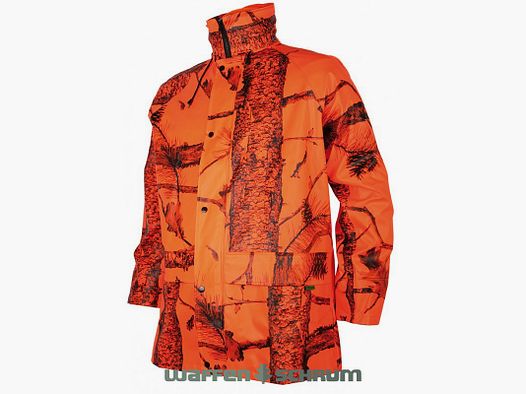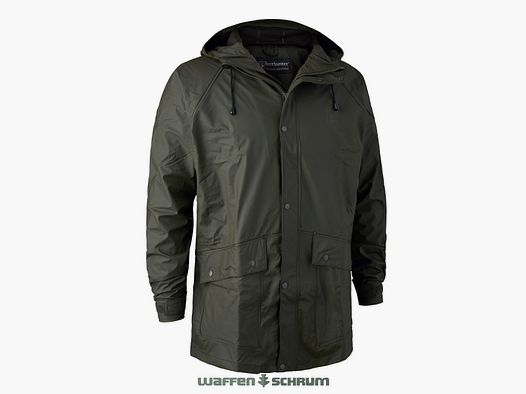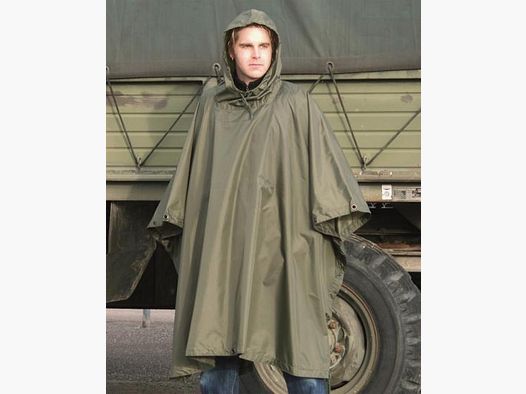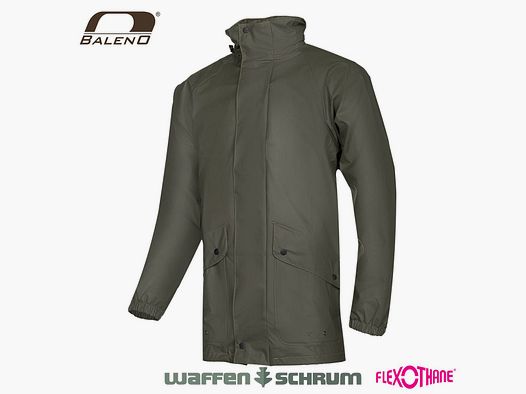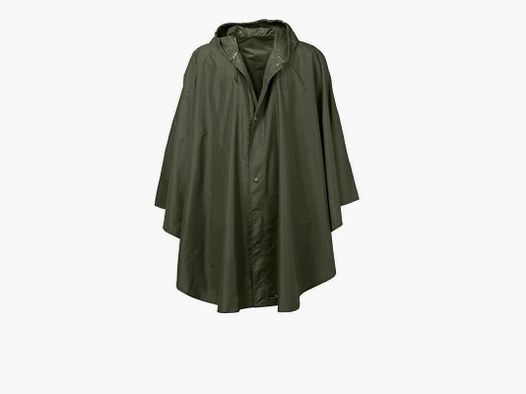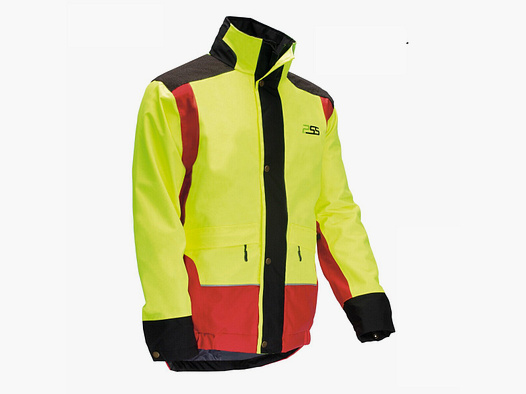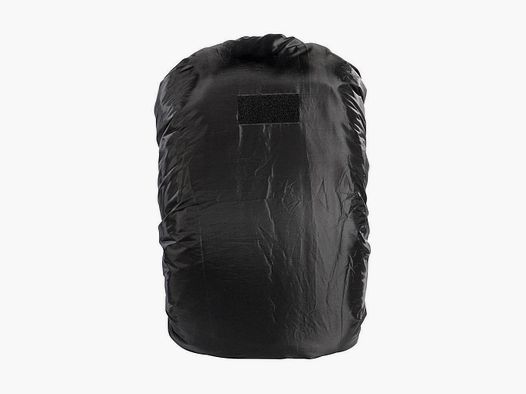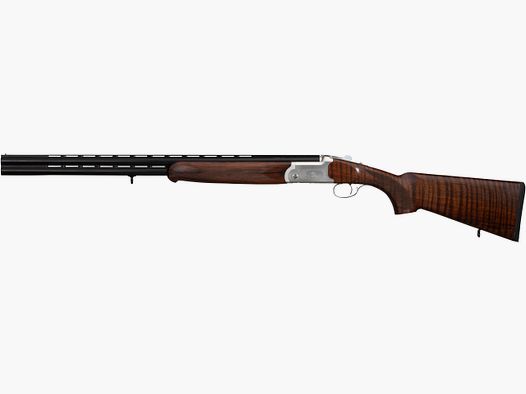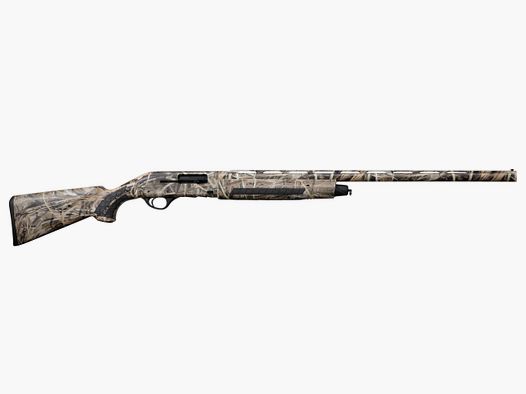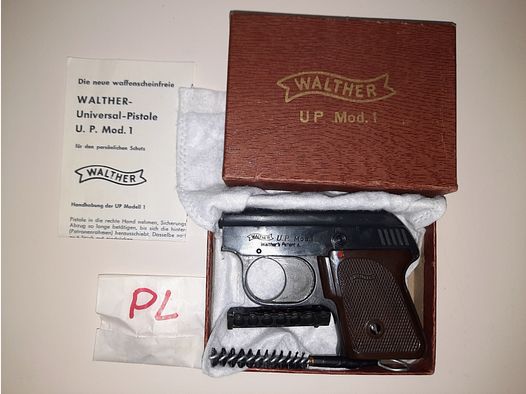A saying that many young hunters hear during their hunting training is: "When the wind hunts, the hunter stays at home!" Does this old wisdom still hold true today, when both equipment and clothing are much better suited to withstand harsh weather conditions?
Hunting in Wind
Many hunters have learned during their training that they should not go into the field in strong winds. However, there is the newer saying "Bad weather is boar weather" - so what is true? According to our Gunfinder expert, when hunting wild boar in bad weather, the right hunting strategy and the right equipment matter more than the weather itself.
While the saying "When the wind hunts, the hunter stays at home" has its justification, we must consider that hunting has evolved over time and today modern technical aids are available that provide real added value to us hunters. These include not only devices like thermal imaging cameras and night vision devices but also modern, lightweight, and robust hunting clothing. Old hunting wisdom must therefore always be viewed in light of technological progress.
We at Gunfinder believe that the old saying mainly applies to sitting hunts, where the hunter remains in one place for an extended period. In strong and variable winds, human scent around the sitting area is dispersed more widely, which can alert wild boar to the presence of the hunter. Wild boars have an excellent sense of smell, so a weathered spot may be less promising.
On the other hand, when stalking wild boar, the weather is not as crucial; the wind can even increase the chances of hunting success: A loud noise environment caused by the howling wind, creaking trees, cracking branches, and rustling grass and grain stalks quickly drowns out the sounds made by the hunter while stalking. It is important here, of course, to approach against the wind. Those hunting pigs at the bait site are best off creating two stalking paths that allow them to approach the bait from opposite directions.
However, it is important to note that the saying "When the wind hunts, the hunter stays at home" can indeed be valid for sitting hunts. In this case, the wind can disperse human scent over a wide area and deter the boars. In contrast, there may be good chances when stalking, as the distance between hunter and game is greater and the scent is not perceived as strongly.
It is also important to consider local conditions, such as the presence of roe deer, as boars can be unsettled by the fright of a deer. Another advantage of the wind is the noise environment that can drown out the hunter's approach.
However, safety aspects should not be neglected in bad weather. During thunderstorms, it is advisable to seek safety as quickly as possible, as a rifle can act like a lightning rod.
In conclusion, one should not be deterred by old sayings and automatically exclude hunting in bad weather. With the right hunting strategy and the use of modern equipment, there can also be good chances of hunting success in stormy weather.
Hunting in Rain
In heavy rain, wild boar can break cover well and inconspicuously. As an unbothered hunter with suitable rain gear, it becomes easier to stalk the boars.
Especially under overcast skies and light drizzle, moon phases in the field are suitable for a promising sitting hunt. This weather could be considered perfect for the boar hunter!
It is important to remain flexible and not shy away from stalking if the wild boars are staying at a greater distance from the sitting area. Important for hunting success are especially rainproof clothing, boots, and, if one hunts often, a polymer stock instead of a more sensitive wooden stock.



